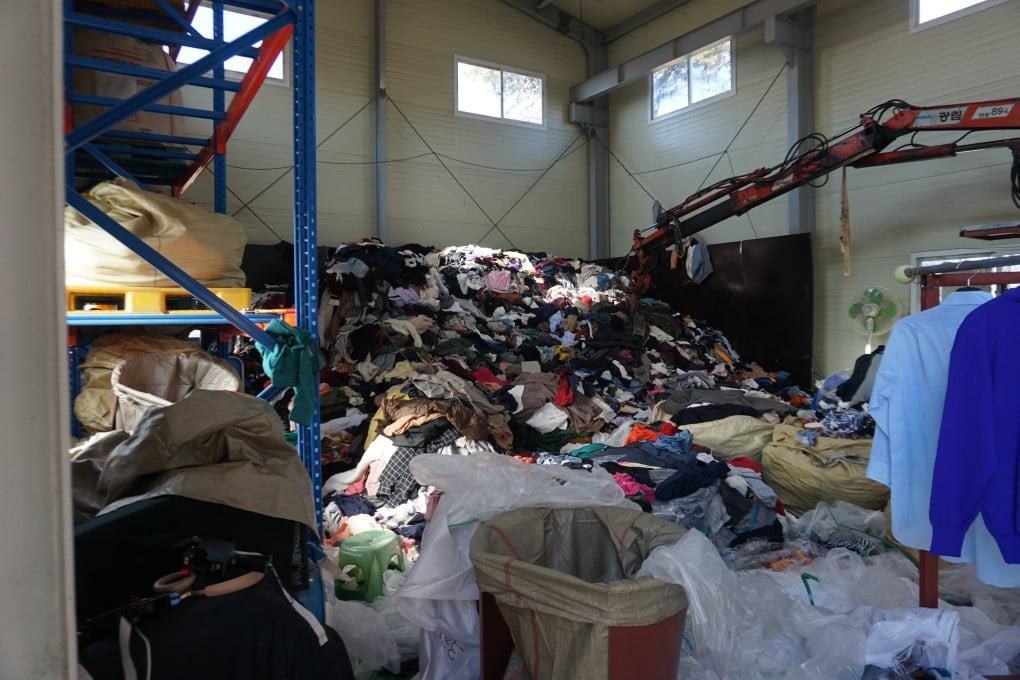Lacoste and YSL to Burberry on a budget: a trend for second-hand designer clothes is taking South Korea by storm
- Online platforms, interest in recycling and less money mean there is more interest in used garments – even if most celebs still wear the real deal
- Mission well under way to make second-hand shopping mainstream by continuing to change perception of gear worn by others before us

Lee Dong-jin has made an empire out of the thrift shop habits he developed during his high school years.
The 24-year-old stands at the counter of his high-end Seoul vintage clothing shop “JANDARIROSTORE” – named after the street it is on – that he started with his older brother in 2016.
On the wall behind him hangs a Chrome Hearts vest with the luxury brand’s iconic jewellery as buttons and fur along its collar, on sale for 10 million won (US$8,350).
It is the most expensive item on offer but Lee has some customers who can afford it; celebrities including major singers and artists are said to buy from him as do stylists from the three major K-pop record labels – SM, JYP and YG. Rappers Swervy and Dbo are regular clients, according to the store’s Instagram feed.

Young businessman Lee started out nine years ago by selling clothes on online platforms like Gmarket as a way to earn money and fund his love of fashion.
